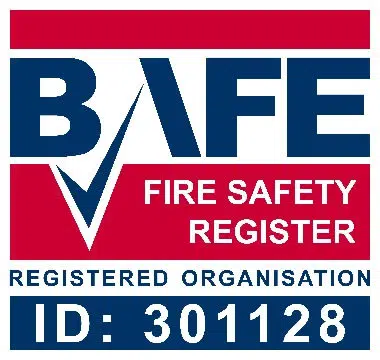Compartmentation Surveys
Fire compartmentation is a crucial fire safety measure that involves dividing a building into sections using fire-resistant walls, floors, ceilings, and doors. This compartmentalization strategy aims to contain a fire and smoke within a specific area, preventing it from spreading throughout the building.



Key Components

Fire-resistant walls, floors, and ceilings:
These barriers are constructed from materials that can withstand fire for an extended period, allowing occupants precious time to evacuate safely.

Fire doors:
These specially designed doors self-close upon fire detection, restricting the passage of flames and smoke.

Fire stopping:
This involves sealing any gaps or holes in fire compartments to maintain their integrity and prevent fire and smoke from bypassing these barriers.
Make fire safety a priority!
Don’t leave your building’s fire safety to chance. Our expert fire compartmentation survey will pinpoint and eliminate weaknesses in your fire barriers, keeping occupants safe and ensuring full regulatory compliance. Act now to protect lives, safeguard assets, and avoid
costly legal risks.
Imagine a fire breaking out in your building. Fire compartmentation can be the difference between a contained incident and a devastating catastrophe. A properly compartmentalized building provides several life-saving benefits:
- Limits fire spread: Fire compartments restrict flames and smoke to a designated area, preventing them from engulfing the entire building. This allows occupants in unaffected areas to evacuate safely.
- Protects escape routes: Fire compartments safeguard escape routes, such as stairwells and corridors, from smoke and fire, ensuring a clear path for evacuation.
- Minimises property damage: By containing the fire, compartmentalization helps minimise damage to your building and its contents.
- Reduces risk of injuries and fatalities: Effective fire compartmentation significantly reduces the risk of injuries and fatalities during a fire emergency.
- Ensures legal compliance: Building regulations mandate fire compartmentation measures in many structures. A fire compartmentation survey helps you ensure your building adheres to these regulations and avoids potential legal repercussions.



